When it comes to the economy, it’s not all doom and gloom. Inflation seems to be slowing after aggressive Fed intervention, and if the latest jobs report indicates, people are getting back to work and play. The January jobs report showed nonfarm payrolls increased by 517,000, far higher than the 187,000 market estimate. Leisure and hospitality added 128,000 jobs to lead all sectors. Other significant gainers were professional and business services (82,000).
The jobs report tells me two things:
- People are getting back to work, and
- They’re getting back to play, as reflected in the hiring numbers in the leisure and hospitality sectors.
These positive signs reinforce why commercial real estate (CRE) is the smart investment for 2023.
The truth is certain segments of CRE perform in any business environment, but CRE is poised to perform in almost any segment in 2023 because of the positive signs reflected in the jobs report. The increase in the job force will require added workspace and housing. And it’s also clear that leisure travel is also in high gear post-pandemic.
In 2023, while public equities and crypto experience extreme volatility, commercial real estate can be the ideal calm among the storm and a strong investment opportunity for several reasons, including:
Strong Demand: Despite the economic disruptions caused by the pandemic, there is still strong demand for commercial real estate in many markets. While the pandemic and inflation demonstrated the resiliency of certain segments of CRE (i.e., multifamily), most segments of CRE should see a rebound and do well in 2023. This is especially true for properties that are well-located and well-designed to meet the needs of tenants.
Rental Income: Commercial real estate can generate significant rental income that can provide a stable and reliable source of cash flow for investors. This rental income is reliable and consistent by virtue of commercial real estate.
CRE properties leverage the power of scale. Instead of collecting rent from a single tenant as with a single-family property that exposes investors to delinquency risk, CRE properties spread this risk across multiple tenants. Multi-tenant properties also lend themselves to economies of scale to reduce costs per unit. The multiplier effect on the income side and the economies of scale effect on the expense side allow CRE investors to achieve above-market risk-adjusted returns.
Appreciation: Commercial real estate not only appreciates over time due to inflation, but it also appreciates due to its intrinsic value. Every dinner goose has the same value. The price of the goose will increase over time along with the general price increase of all goods over time, but a goose that lays golden eggs, one that produces income (i.e., has intrinsic value), will be more valuable than the flock and will appreciate in value beyond the general appreciation from inflation.
CRE is this type of asset – providing investors with heightened returns from significant underlying appreciation. This appreciation is reliable and consistent over time. There may be temporary hiccups from time to time, but CRE has shown long-term reliability and resilience. Take the pandemic, for example. In most markets, CRE values have already rebounded to pre-pandemic levels.
Value-Add Opportunities: Commercial real estate offers the potential for value-add investing. Investors can purchase properties that need improvements or renovations and then make these improvements to increase the property’s value and rental income. CRE is one of the few asset classes where an investor can leverage their experience, knowledge, expertise, and familiarity with a particular market to force the appreciation of an asset by incorporating these competitive advantages.
Diversification: Commercial real estate can be a valuable tool for diversifying an investment portfolio. By holding CRE assets across a variety of segments, conditions, strategies, and geographic locations, investors can minimize overall risk.
Inflation Hedge: Inflation can erode the value of many investments, but commercial real estate can be a strong inflation hedge, as it tends to appreciate in value as inflation rises. Certain segments, including multifamily, demonstrated their resilience in the face of inflation – with rents even outpacing inflation in certain markets.
Tried and True: Billionaire Andrew Carnegie famously said that 90% of millionaires got their wealth by investing in real estate. The top 10 real estate billionaires in America all made their fortunes acquiring, developing, owning, and operating commercial real estate.
So Many Options: Not only are there six CRE asset classes to choose from, including multifamily, office, industrial, retail, hospitality, and development, but there are also classifications of CRE to choose from based on building condition and location (i.e., A-D). In addition, there are also properties classified by their risk-return profile, including Core, Core-Plus, Value Add, and Opportunistic opportunities.
Tax Benefits: CRE properties also offer their investors significant tax benefits, including pass-through of deductions and depreciation. For smart investors, saving a dollar is just as valuable as earning an extra dollar, so tax benefits are coveted bonuses when investing in CRE.
2023 is the ideal year for investing in CRE. Not only do economic and job-related signs indicate steady economic growth, but they also eliminate any excuses for diving into this asset class that has proven its performance, resilience, and reliability time and time again.





